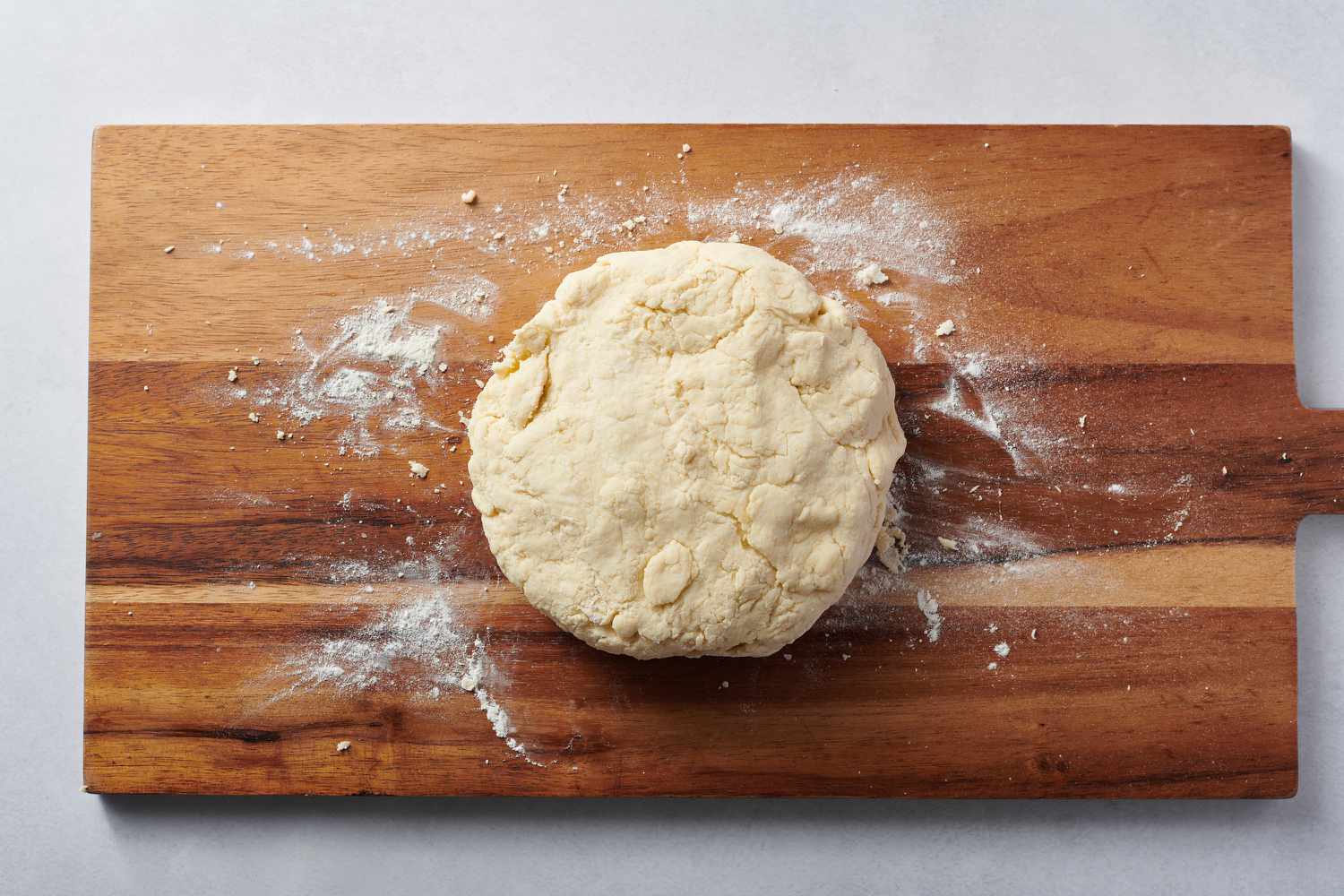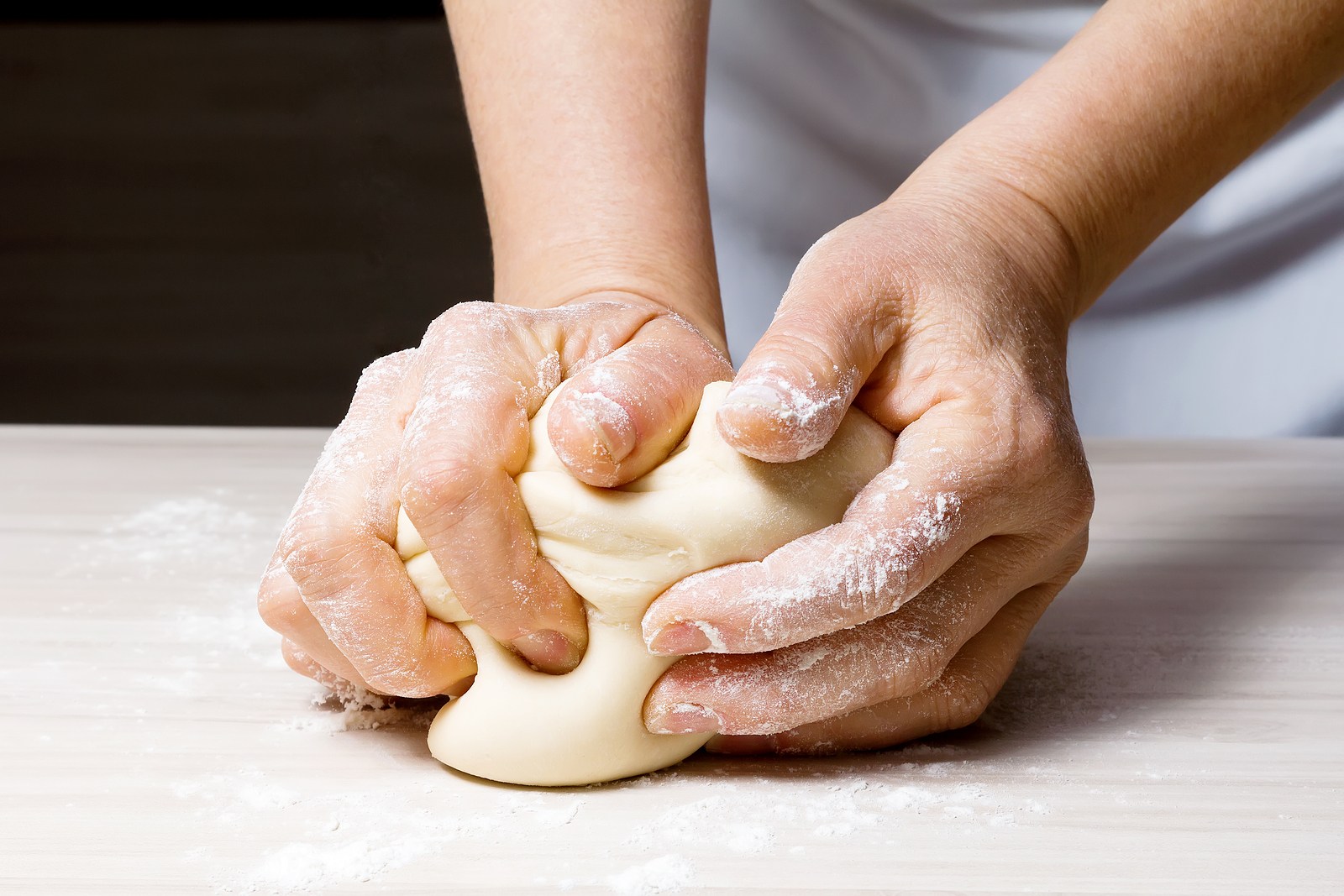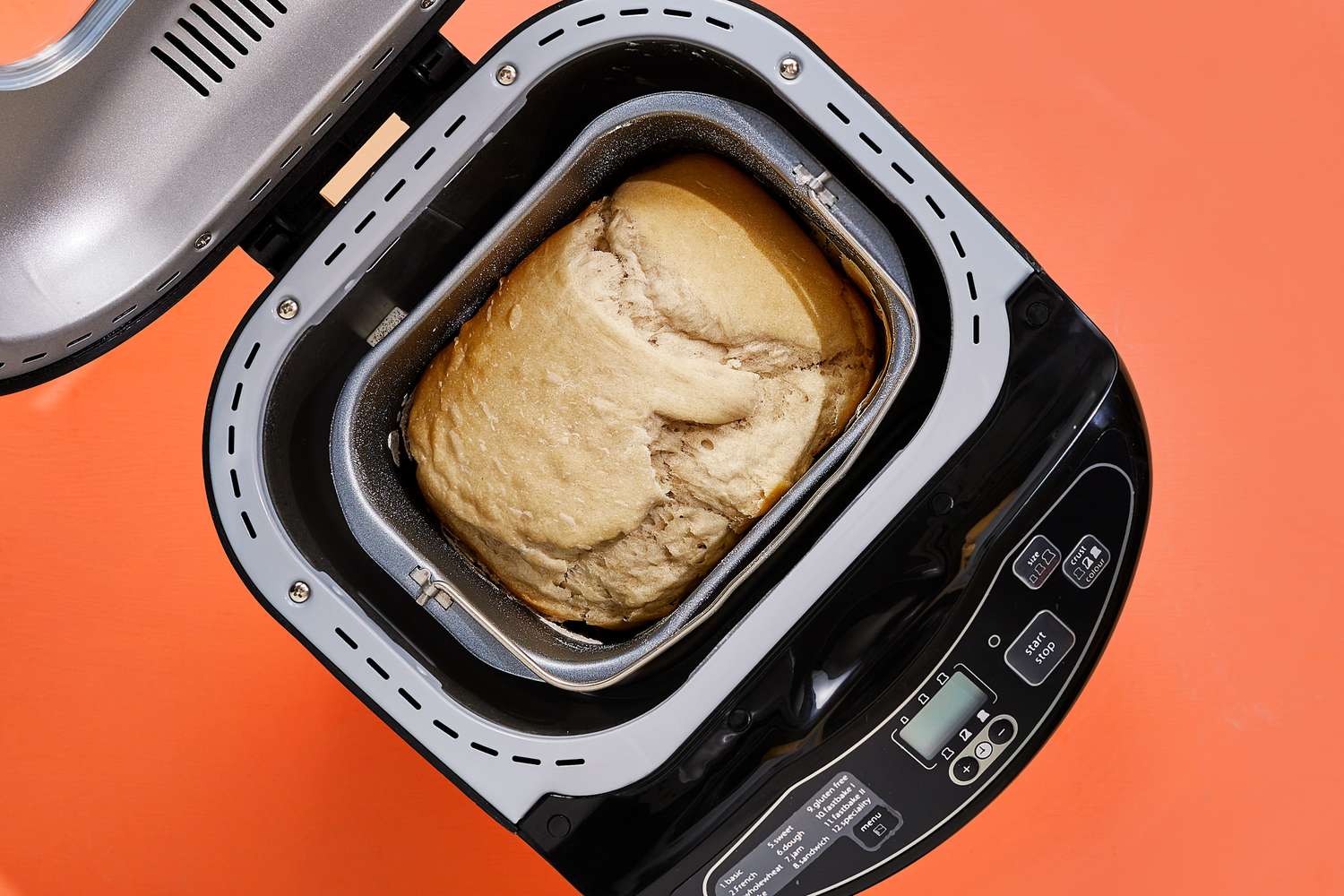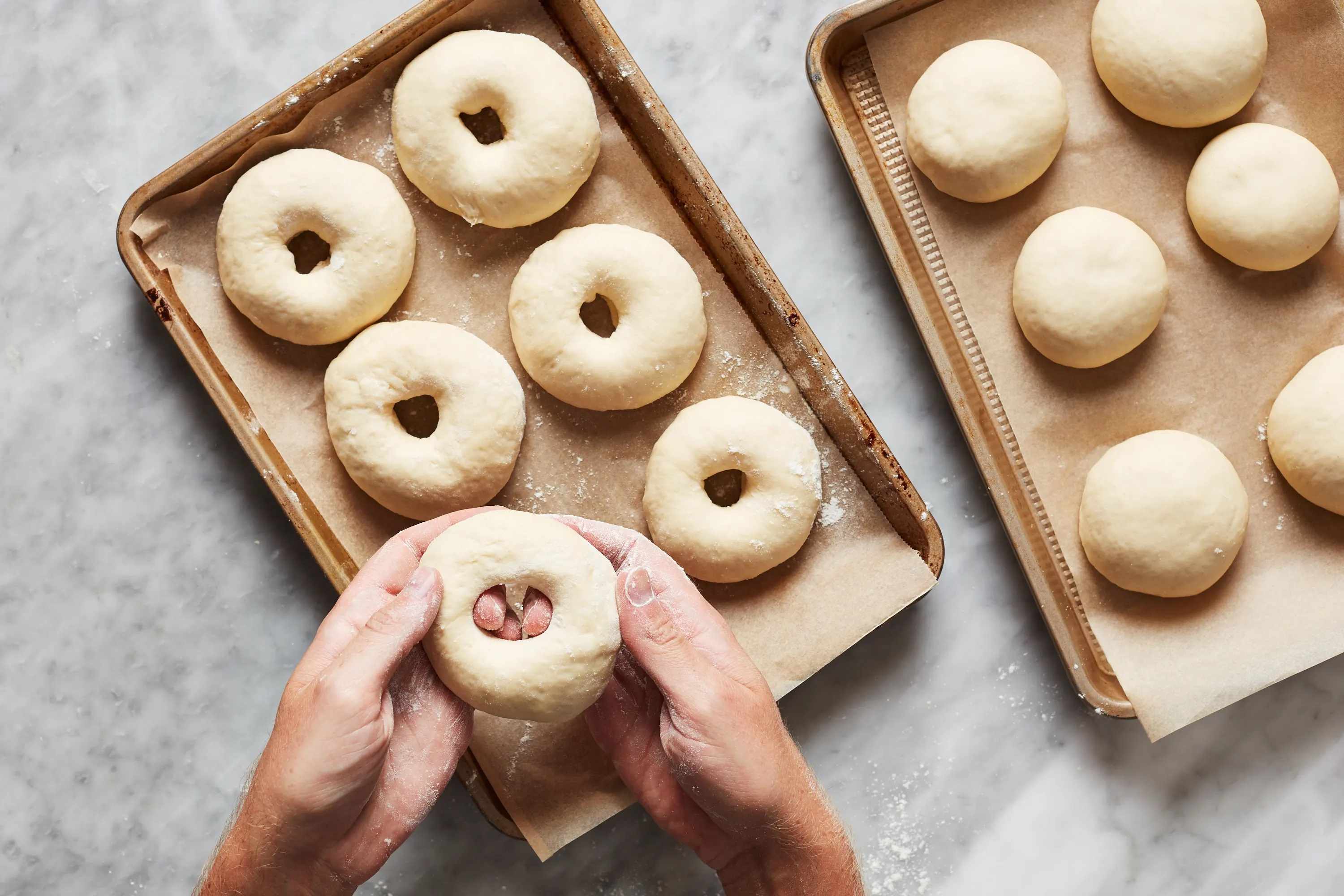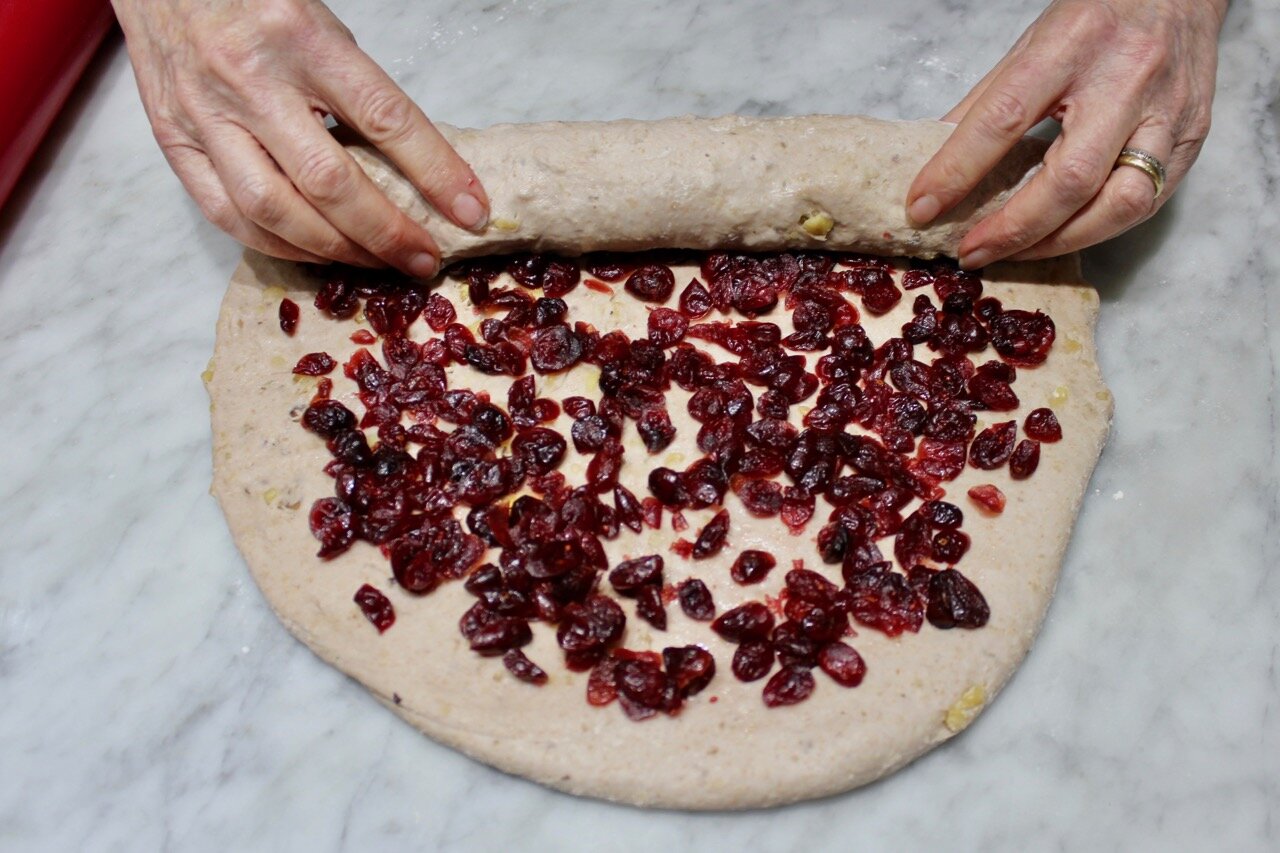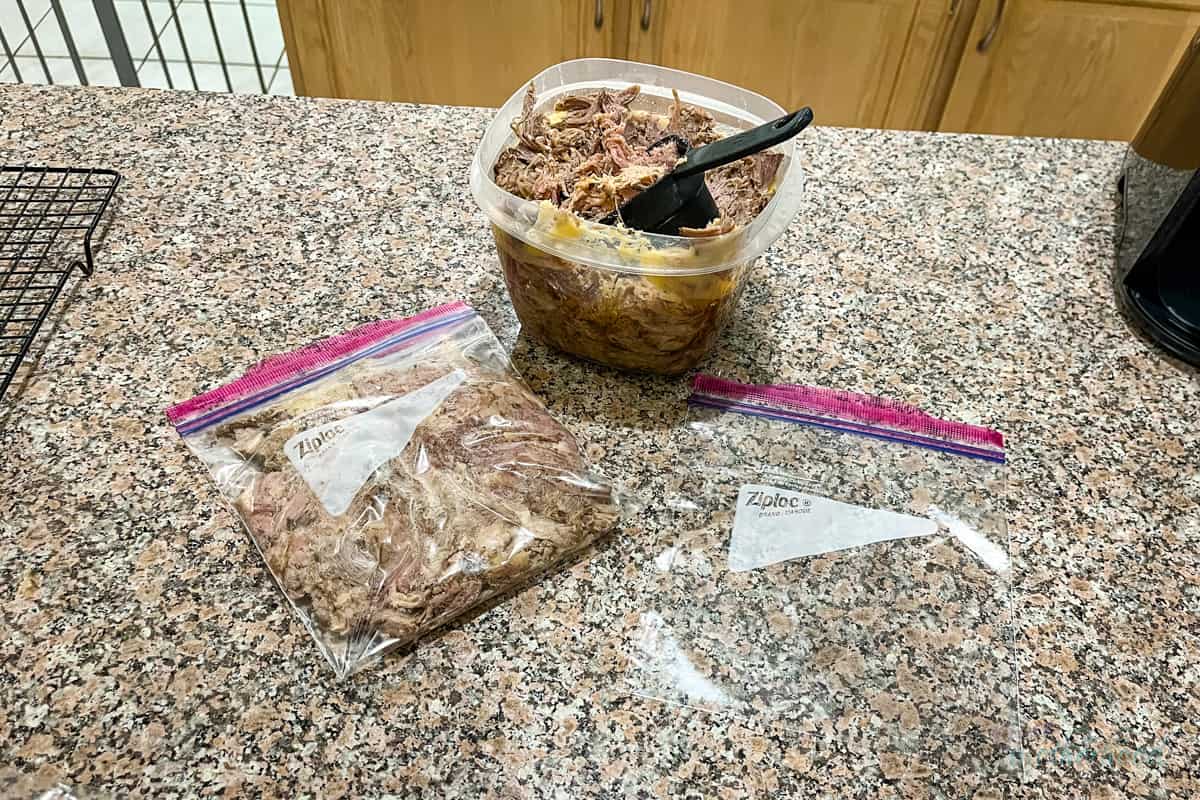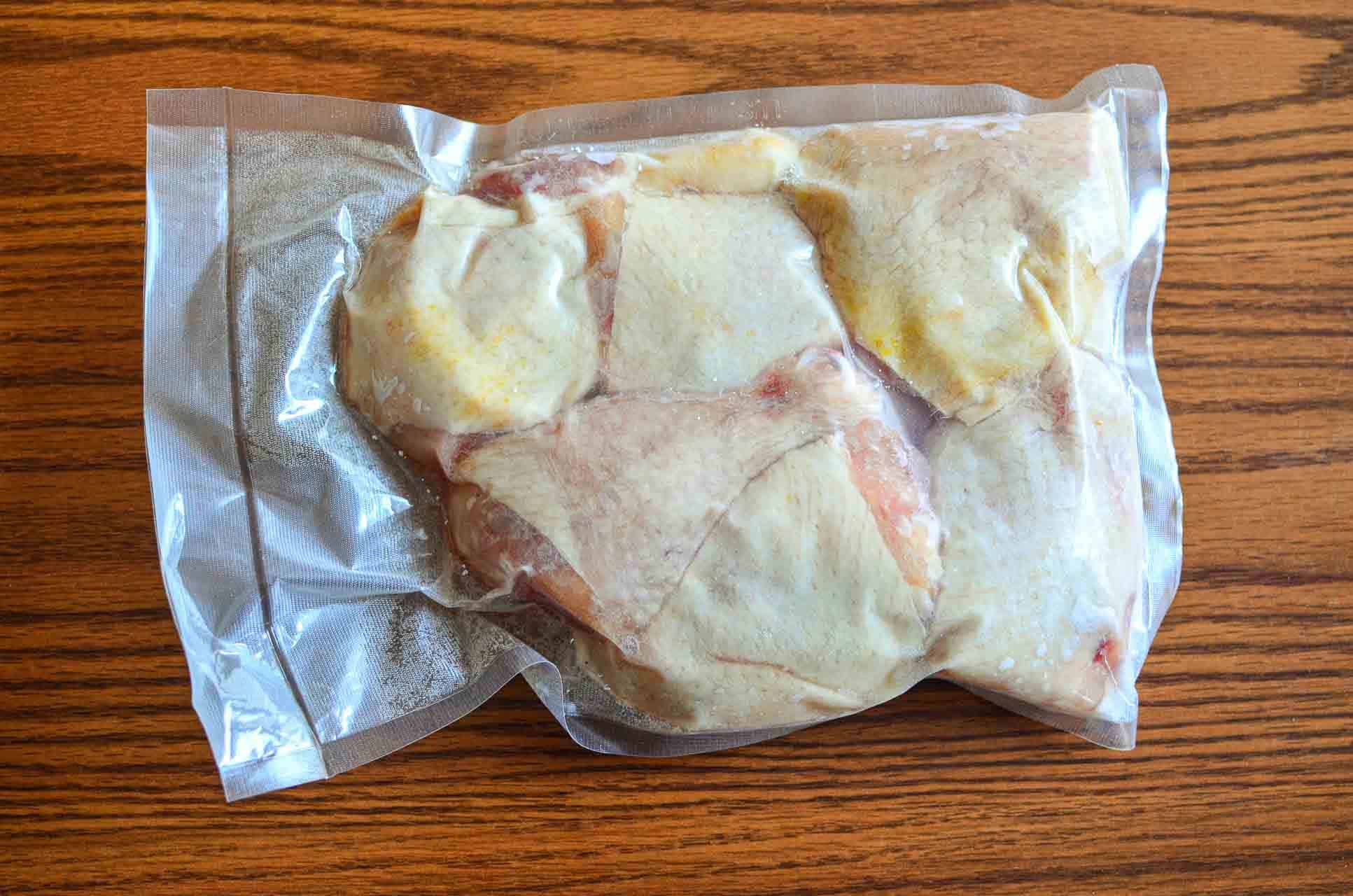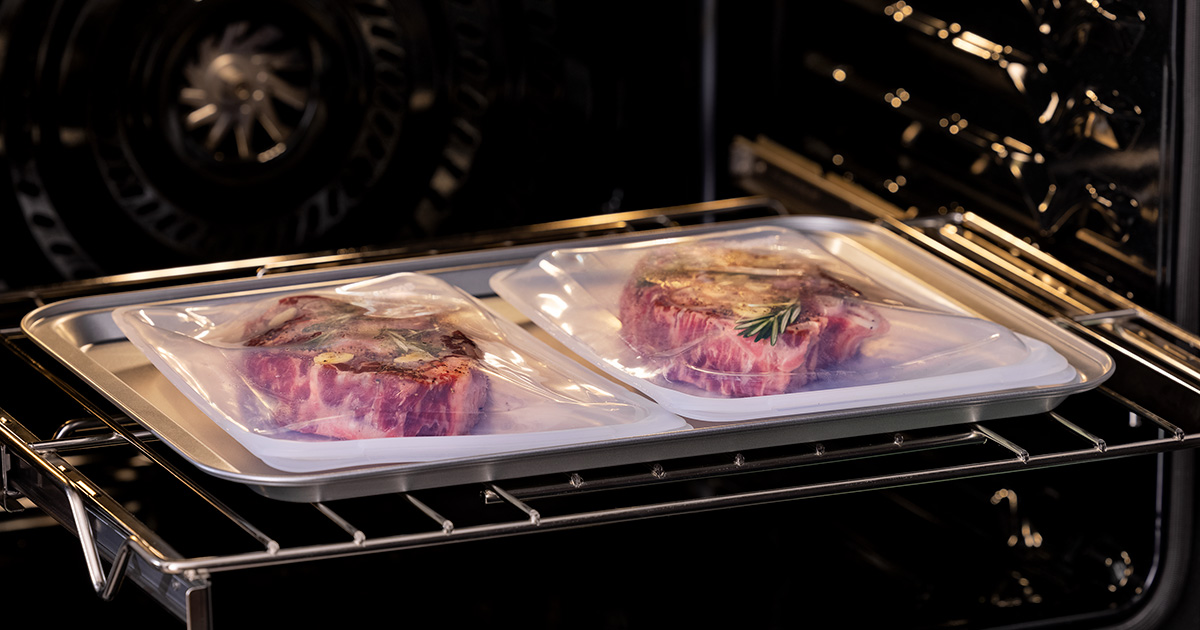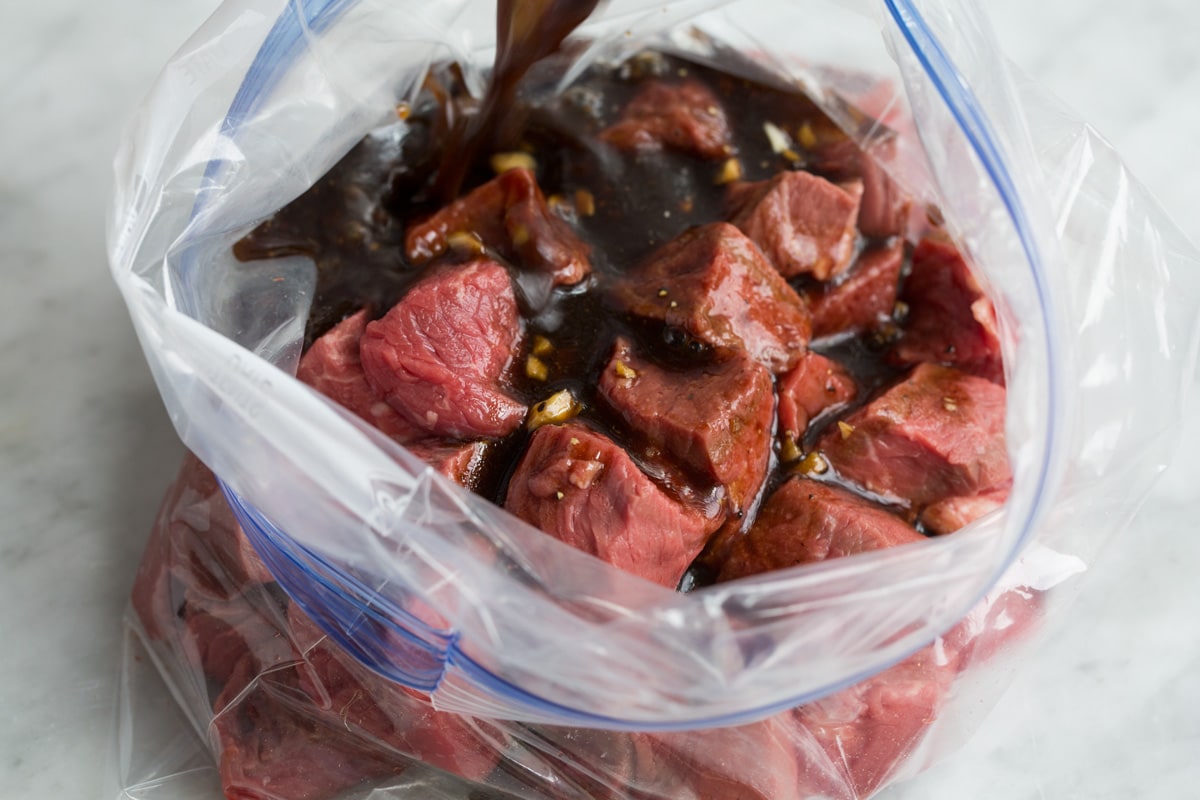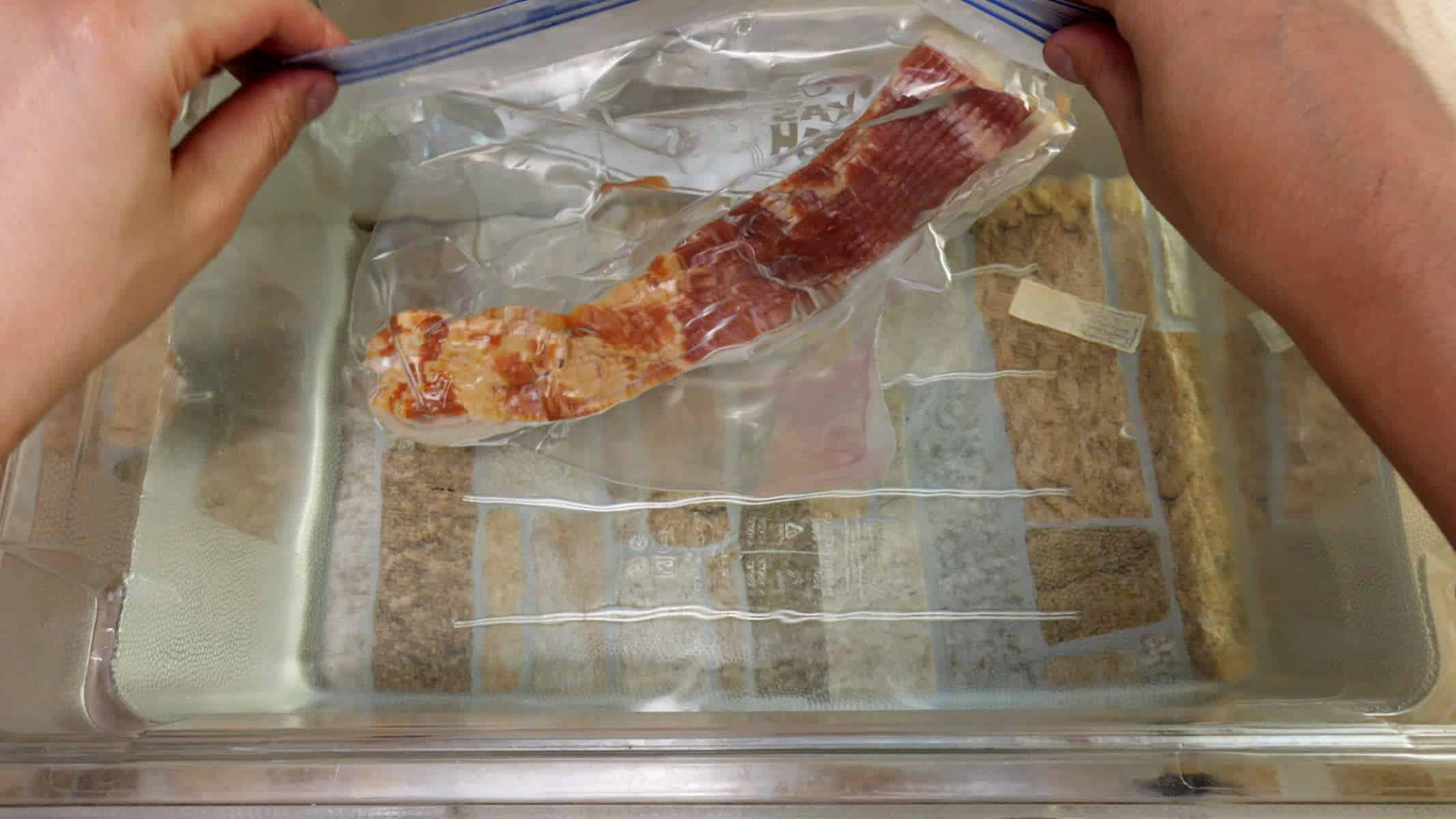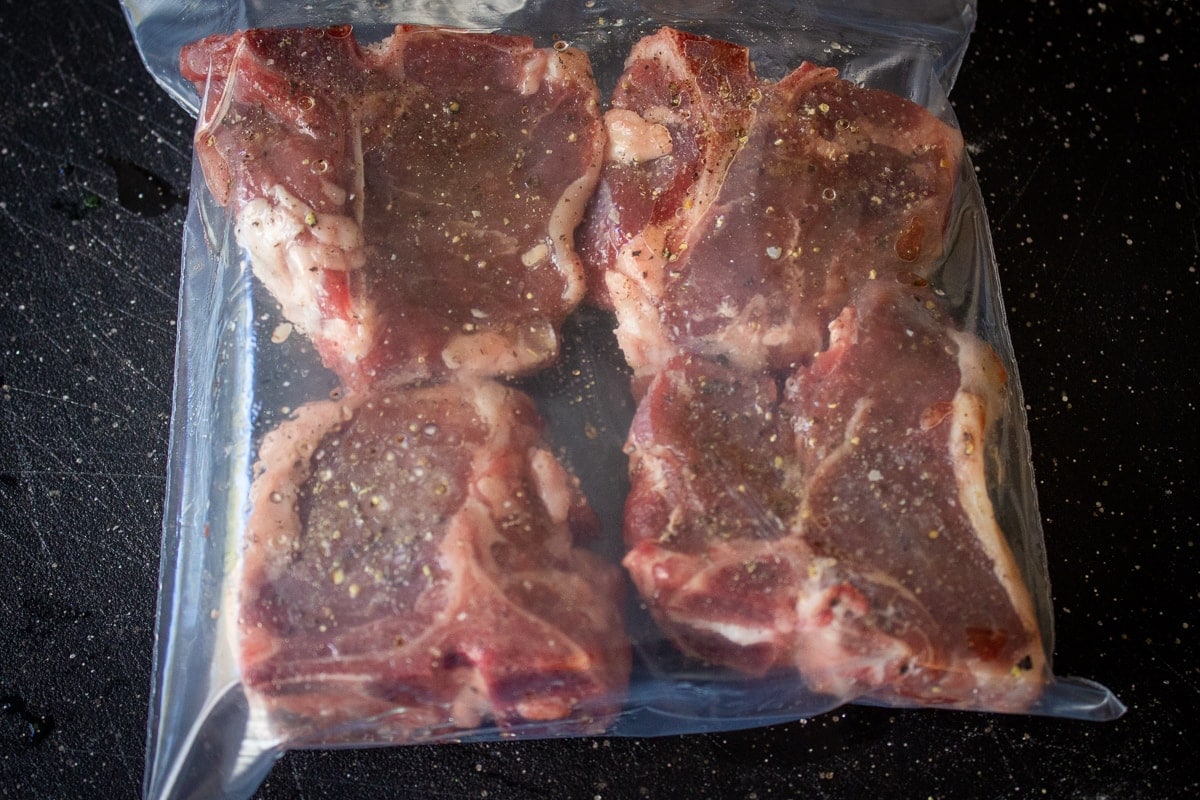Mastering the Art of Kneading Dough in Your Thermomix
Are you ready to elevate your baking game with the help of your trusty Thermomix? Kneading dough in a Thermomix can be a game-changer for home bakers, saving time and effort while delivering consistently perfect results. Whether you’re a seasoned baker or just starting out, mastering the art of kneading dough in your Thermomix can open up a world of delicious possibilities. Here’s a step-by-step guide to help you become a pro at kneading dough in your Thermomix.
Choose the Right Recipe
Before you dive into the world of kneading dough in your Thermomix, it’s important to start with the right recipe. Whether you’re making bread, pizza dough, or pastry, ensure that your recipe is suitable for kneading in a Thermomix. Look for recipes that specifically mention using a food processor or stand mixer, as these can easily be adapted for use in a Thermomix.
Prepare Your Ingredients
Once you’ve chosen the perfect recipe, gather all your ingredients and prepare them for the kneading process. Measuring out your ingredients accurately is crucial for successful dough kneading. Ensure that your liquids are at the right temperature and that your dry ingredients are properly sifted and measured. This preparation will set the stage for a seamless kneading process.
Assemble Your Thermomix
Now that your ingredients are ready, it’s time to assemble your Thermomix for the kneading process. Ensure that the mixing bowl and blade are clean and dry before you begin. Insert the blade into the mixing bowl and lock it into place, ensuring that it is securely attached. This step is essential for the smooth operation of the kneading process.
Add the Ingredients to the Thermomix
With your Thermomix assembled, it’s time to add your ingredients to the mixing bowl. Start by adding your dry ingredients, followed by the liquids. This order will help the dough come together more effectively during the kneading process. Be sure to follow the specific instructions of your recipe regarding the order in which ingredients should be added.
Set the Kneading Time and Speed
Once all your ingredients are in the mixing bowl, it’s time to set the kneading time and speed on your Thermomix. Refer to your recipe for specific instructions on the recommended kneading time and speed. In general, kneading times can vary depending on the type of dough, so it’s important to follow the guidance provided in your recipe.
Monitor the Kneading Process
As your Thermomix works its magic, keep a close eye on the kneading process. Watch as the ingredients come together to form a smooth, elastic dough. If necessary, use a spatula to scrape down any flour or dough that may be stuck to the sides of the mixing bowl. This will ensure that all the ingredients are incorporated evenly.
Test the Dough’s Consistency
Once the kneading process is complete, it’s time to test the consistency of the dough. Carefully remove the dough from the mixing bowl and assess its texture. The dough should be smooth, elastic, and slightly tacky to the touch. If the dough is too dry, add a small amount of liquid and knead it for a bit longer. If it’s too wet, sprinkle in a small amount of flour and knead again until you achieve the desired consistency.
Proceed with Your Recipe
With your perfectly kneaded dough in hand, you’re ready to proceed with the rest of your recipe. Whether you’re shaping bread loaves, forming pizza crusts, or creating flaky pastries, your Thermomix-kneaded dough is sure to set the stage for baking success. Follow the remaining steps of your recipe, and get ready to enjoy the delicious fruits of your labor.
Mastering the art of kneading dough in your Thermomix can open up a world of baking possibilities, allowing you to create an array of delicious breads, pastries, and more with ease. With the right recipe, proper ingredient preparation, and careful attention to the kneading process, you’ll be well on your way to becoming a Thermomix dough-kneading pro. So, roll up your sleeves, gather your ingredients, and let your Thermomix take the hard work out of kneading, leaving you with more time to enjoy the pleasures of baking.
With the guide on how to knead dough in a Thermomix, readers can try their hand at making an array of delicious recipes. For a start, the soft and buttery Fluffy Dinner Rolls are a great way to practice this skill. If you're looking for something a bit more indulgent, Homemade Cinnamon Rolls are a wonderful choice, with their sweet and gooey filling. For those who enjoy savory snacks, making Soft Pretzels is not only fun but also rewarding with their unique texture and flavor. Bread lovers can also venture into making Garlic Naan Bread, perfect for accompanying any meal. If you're feeling adventurous, Bagels can be a delightful challenge, giving you that authentic chewy texture. Each of these recipes will allow you to master the art of dough kneading using your Thermomix, adding variety and flavor to your baking repertoire.
